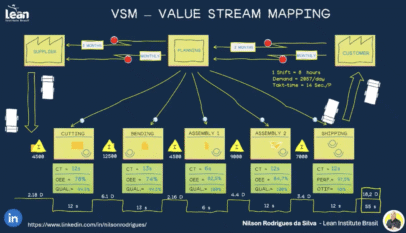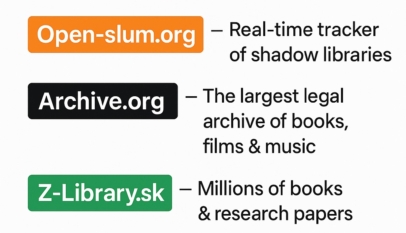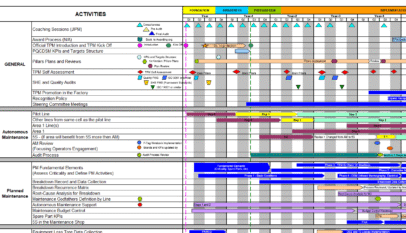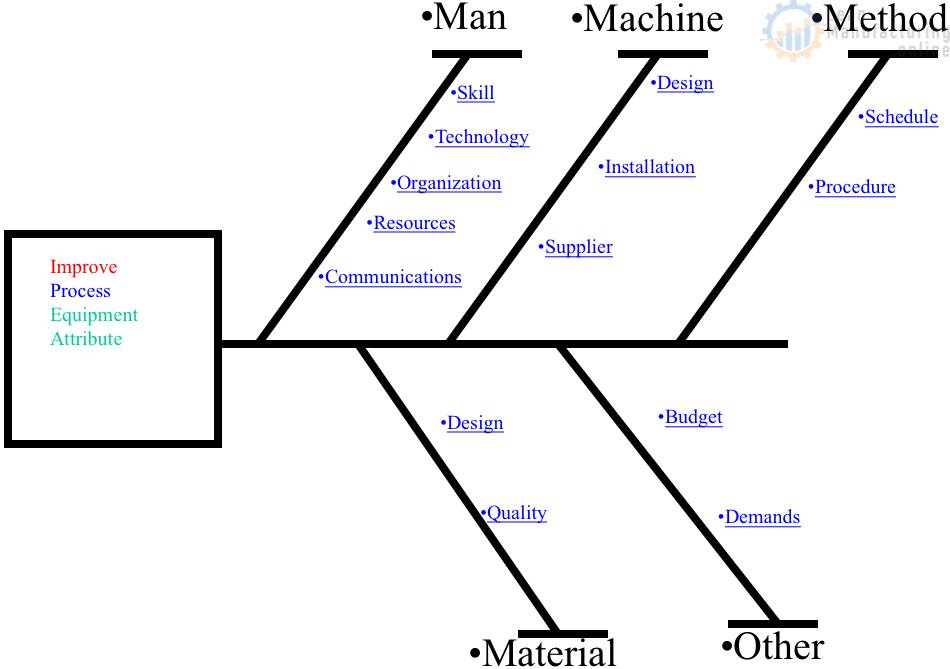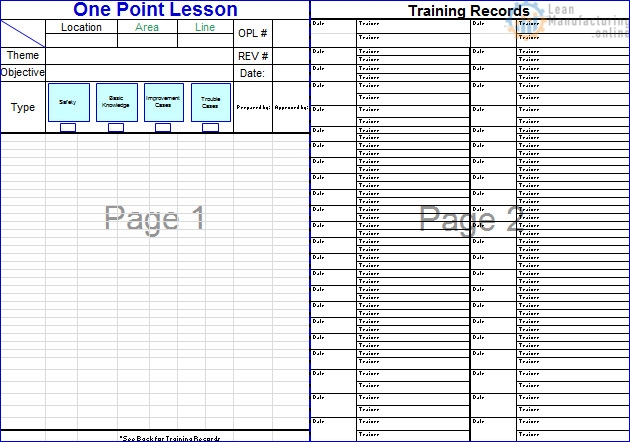Finding the Right Balance in Lean: Avoiding Rigidity and Chaos
Lean methodology is a powerful tool for improving efficiency, reducing waste, and fostering continuous improvement. However, finding the right balance between structure and flexibility is essential. Too much structure can lead to rigid processes that stifle innovation, while too little structure results in chaos, inefficiency, and firefighting.
The Lean Spectrum: From Too Rigid to Too Loose
Organizations often fall somewhere along the Lean spectrum, ranging from too rigid to too loose. Understanding the risks and benefits of each extreme can help businesses optimize their processes and create sustainable improvements.
Too Rigid: When Structure Becomes a Barrier
At one end of the spectrum, organizations become overly structured, enforcing strict standard operating procedures (SOPs) without room for deviation. While standardization is a core Lean principle, over-standardization can kill adaptability and slow down progress.
🔴 Signs of an overly rigid Lean system:
- Every step must follow SOPs exactly, even when issues arise.
- Employees feel micromanaged and disengaged.
- Resistance to necessary process improvements.
- Lack of innovation and problem-solving capabilities.
While structure is necessary for consistency, organizations that enforce it too strictly risk creating bottlenecks that prevent growth and improvement.
Just Right: The Sweet Spot in Lean
The optimal Lean system balances structure with flexibility. Standard work provides a framework, but employees have the freedom to make adjustments and improve processes over time.
✅ Key characteristics of an optimized Lean approach:
- Standard work guides employees while allowing flexibility for improvement.
- Best practices evolve through continuous feedback.
- Employees are empowered to improve workflows.
- A balance between consistency and adaptability is maintained.
When Lean principles are applied correctly, organizations can drive efficiency while fostering an environment of engagement and innovation.
Too Loose: The Danger of No Structure
On the other end of the spectrum, some companies have little to no structure. While flexibility is important, the absence of well-defined processes leads to confusion, inefficiencies, and inconsistent quality.
🟡 Common problems when Lean is too loose:
- No structure, leading to disorganized workflows and poor communication.
- Lack of standardized processes results in wasted resources and errors.
- Hard to measure and sustain improvements.
- Frequent firefighting and inconsistent quality control.
Without a foundation of standard work, businesses struggle to scale, measure success, and sustain continuous improvement efforts.
How to Find the Right Balance
Striking the right balance in Lean requires a mindset shift from rigid enforcement to continuous learning. Here’s how organizations can achieve this:
1️⃣ Develop flexible standard work – Establish clear guidelines, but allow for adjustments based on real-world conditions. 2️⃣ Encourage employee-driven improvements – Employees should have the autonomy to suggest and implement process enhancements. 3️⃣ Leverage PDCA (Plan-Do-Check-Act) cycles – Continuously refine and improve workflows rather than enforcing static rules. 4️⃣ Measure success beyond compliance – Focus on efficiency, waste reduction, and value creation rather than strict rule adherence. 5️⃣ Ensure leadership supports adaptability – Leaders should facilitate problem-solving rather than micromanage every process.
Where Does Your Company Stand?
Understanding the Lean spectrum can help organizations assess their current approach and make necessary adjustments. Whether your company leans too rigid or too loose, the goal should always be sustained improvement with the right balance of structure and flexibility.
Where does your organization stand on the Lean spectrum? Take a closer look at your processes and empower your teams to drive meaningful improvements.


